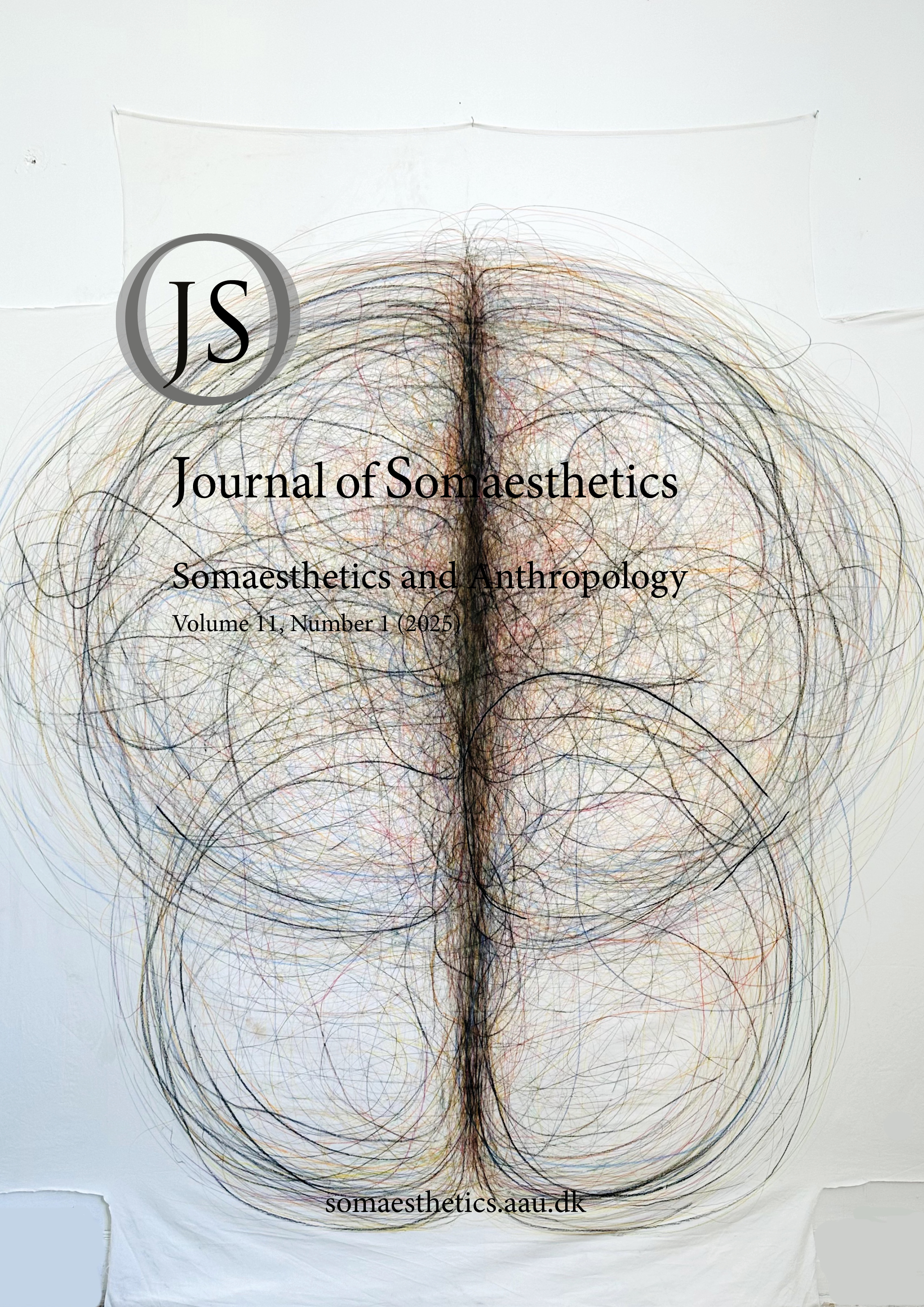Journal of Somaesthetics: Call for Papers, Somaesthetics and Noise
Somaesthetics, as a philosophical and interdisciplinary project, emphasizes the role of bodily perception, affect, and experience in aesthetic, ethical, and political life. This issue of The Journal of Somaesthetics is dedicated to exploring the theme of Noise as it intersects with somaesthetic inquiry. Far from being reducible to mere auditory excess or interference, noise is here understood expansively—as a concept, sensation, or phenomenon that disrupts norms, interrupts systems, and resists codification.
We invite submissions that explore how noise—auditory, visual, political, medial, social, or corporeal—figures in somaesthetic experience and practice. How does noise register somatically, and how do embodied subjects make sense of, or productively engage with, noise? How does noise exceed frameworks of order, clarity, or coherence, and what does this excess afford for transformation, critique, or aesthetic innovation?
Read more about Journal of Somaesthetics: Call for Papers, Somaesthetics and Noise


